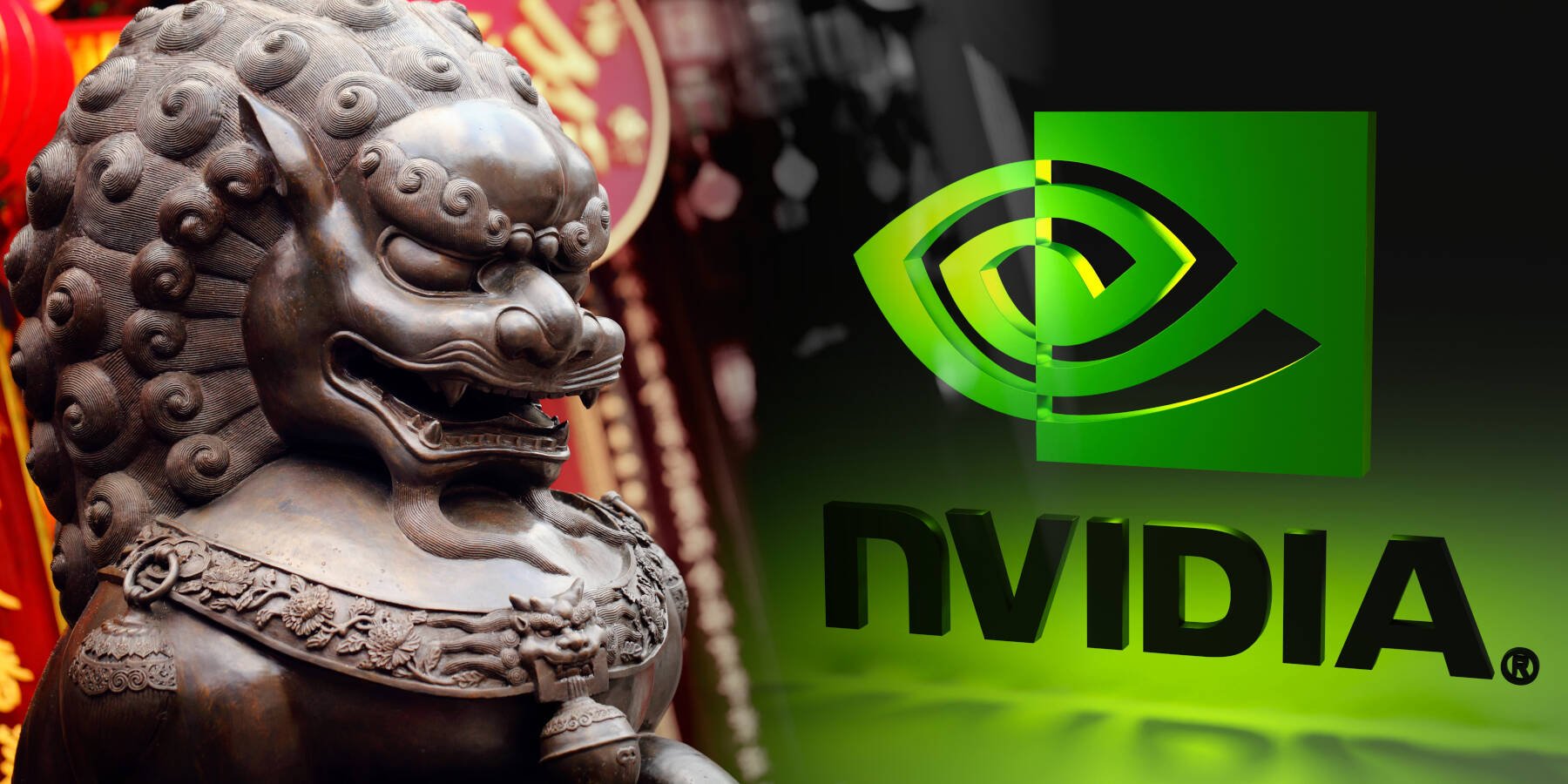Nvidia Crashes $465 Billion As China’s DeepSeek Disrupts AI Dominance
The Rise of DeepSeek and the Global Implications for AI and Semiconductors

Semiconductor and AI juggernaut Nvidia has just suffered one of the market shocks unprecedented in history. Within a single trading day, it’s worth wiped out a staggering $465 billion market value. This jarring drop is due to concerns stemming from the Chinese startup AI DeepSeek, which happened to be one of the US market’s all-time most considerable losses on a single date. This development indicates that AI and semiconductors are unstable and that globalization in AI technology is more competitive.
DeepSeek’s Disruptive Emergence
DeepSeek rekindled investors’ fears of large, deep expenditures in AI research from US-based corporations. With semiconductors, for example, a significant beneficiary of such investment is Nvidia. It has created an integrated part of the superstructure needed to drive AI technologies and improve their effectiveness. Investors now question whether any profit is matching massive expenditures.
Meta Platforms Inc. shares had gone to an all-time high after the firm recently announced that it would double its capital expenditures on AI to as much as $65 billion in 2025. The company was matched by Oracle Corp., SoftBank Group Corp., and OpenAI announcing Stargate, a $100 billion joint venture to build data centres and AI infrastructure across the United States. Even with heavy investments, the recent downturn in Nvidia’s stock indicates an increasing hesitation on the part of investors toward the long-term feasibility of such large-scale expenditure.
Nvidia’s Market Plunge
The company’s shares crashed 13% on Monday, eliminating almost $465 billion in market capitalization. That surpasses the most significant single-day drop in September 2024, when shares of Nvidia dropped by 9%, eliminating $279 billion in value. The scale is a tremendous indicator of Nvidia’s importance for the global finance and technology markets.

The drop by Nvidia sent shockwaves through significant indices. During early trading, the S&P 500 Index fell as much as 2.3%, and the Nasdaq 100 dropped by 3.6%. The massive weight from Nvidia on the indices amplified the market rout from the chip company, and issues within had become a cause for broader concern regarding technology stocks.
Investor concerns over AI spending
DeepSeek re-ignited investors’ concerns over U.S.-based companies’ significant investments in AI research. Nvidia, a prime recipient of significant such spending, has, through semiconductors, formed an integrated component of a superstructure required for powering AI technologies and their efficiency. Investors now wonder if the enormous spending is proportionately translated into any form of earnings.
Meta Platforms Inc. recently announced plans to increase its capital expenditures on AI projects to as much as $65 billion in 2025, pushing its shares to record highs. Similarly, OpenAI, SoftBank Group Corp., and Oracle Corp. unveiled a $100 billion joint venture called Stargate to build data centres and AI infrastructure across the US. Even though huge investments have been made, the recent fall in Nvidia’s market shows that investors are becoming more cautious regarding the financial feasibility of such massive investments.
US Export Restrictions and China’s Resilience
The US government has imposed tight export restrictions on advanced semiconductor technologies to curb China’s progress in AI. Examples are banning the sales of advanced Nvidia AI chips for sales to China and cajoling and pressuring fellow nations, among them the Netherlands, to constrain the exportation of high-performance lithography tools. To this end, ASML – a Dutch manufacturer of extreme ultraviolet lithography machines – was barred from sales to China; last year, the Dutch extended restrictions to include immersion deep ultraviolet lithography systems.

Despite all this, DeepSeek’s success means that Chinese AI engineers have bypassed all these drawbacks. Maxing resource efficiency and innovative approaches help China overcome the drawbacks of AI-related research. That DeepSeek could advance so fast even while imposing technological restrictions thought to be too great an obstacle illustrates this point.
Impact on the Tech Industry at Large
There have been dramatic losses in the Nvidia market and tremendous gains for Ascension DeepSeek. These movements hold massive implications for the world of technology globally and mean that US companies must begin changing their approach toward strategy to match this fast-changing, cost-efficient landscape with innovation in every corner of a business.
Competitive Challenges to Established Players
With the rise of DeepSeek, one has to ponder the future strategies of the incumbent AI players. Companies like Nvidia, OpenAI, and Meta have to bear the high costs of development and still maintain a competitive edge over more resource-efficient challengers. Such a change might require the evolution of traditional business models and the investigation of new growth paths.
Opportunities for Collaboration
Another opportunity arising from the intensifying competition between US and Chinese AI companies is cross-border collaboration and knowledge exchange. Companies may accelerate the development of AI technologies in global markets through partnerships and an exchange of expertise. However, geopolitical factors and regulatory barriers may also affect such collaborations.
The Future of Nvidia
During such challenging times, as Nvidia measures its course, it needs to start to stabilize the confidence of investors and maintain its place in the semiconductor market. This may include:

- Enhancing Product Offerings: Producing cheaper chips that consume less power while meeting competitive market requirements.
- Diversifying Revenue Streams: Increasing adoption in non-AI areas such as gaming, self-driving cars, and edge computing.
- Strengthening Investor Confidence: A clear strategy for sustainable growth and return on investment.
Conclusion
In recent years, this $465 billion market rout also made a wake-up call to the world’s leading technology companies. Increasing DeepSeek shows the need of the time for innovation, efficiency, and quick responses in an environment that has grown more competitive than ever before. US-based companies and their policymakers are still grappling with the results of these events, and times of competition and cooperation based on technology have commenced.
Although their problems appear huge, their opportunity is immense, mainly while simultaneously letting Nvidia go even more extensive and much more substantial. Yielding to investors’ appetite for forward-looking approaches puts the company in a better position to continue under its leadership as a potential pivot in shaping the AI and semiconductor future. The broader industry must learn this lesson to build a stronger, more responsive ecosystem that could bear the competitive pressure of a global market.




